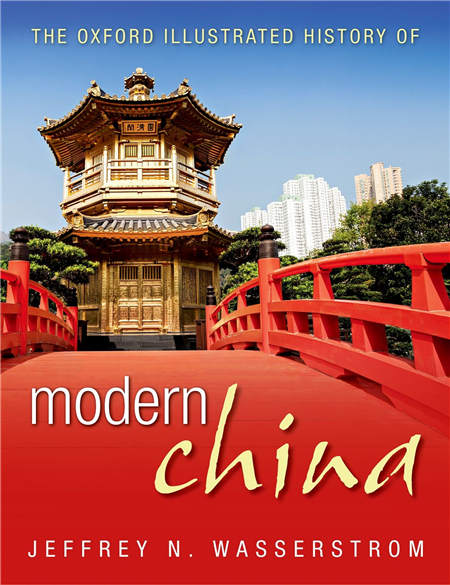Call for Papers – Technologies
For the spring 2017 issue of the Trans Asia Photography Review, we are seeking projects which explore the technologies of photographic image making and distribution in all regions of Asia. Our interests include early and more recent printing processes, cameras and camera-less images, contemporary social media (including the use of “selfies”), as well as earlier methods of image circulation; in short, the materials, instruments, forms, methods, media, and networks that make possible the production and reception of photographic work. We seek work on technologies utilized in the 19th, 20th and 21st centuries, in East Asia, South Asia, Southeast Asia, West Asia, and Central Asia. In all cases we are especially interested in the cultural, social and political implications of the technologies under consideration.
Proposal deadline: October 1, 2016. Notification of proposal acceptance by October 15, 2016. Accepted proposals must then be completed by December 15, 2016; full peer review and final decisions regarding publication will follow.
In addition to seeking work specifically related to the Technologies theme, the TAP Review maintains an ongoing “open call” for submissions on all other topics relating to photography in Asia.
Proposals may be for articles (length open), curatorial projects (10-15 images with brief text), translations (from Asian languages into English), interviews, or book/exhibition reviews (exhibitions must have a catalog). Please send proposal with accompanying CV to editor@tapreview.org.
Questions? Contact editor@tapreview.org.
The Trans Asia Photography Review is an open-access peer-reviewed online journal published by Hampshire College in collaboration with the University of Michigan Library with funding from the Five College Consortium.
Sandra Matthews
Editor, Trans-Asia Photography Review
tapreview.org









